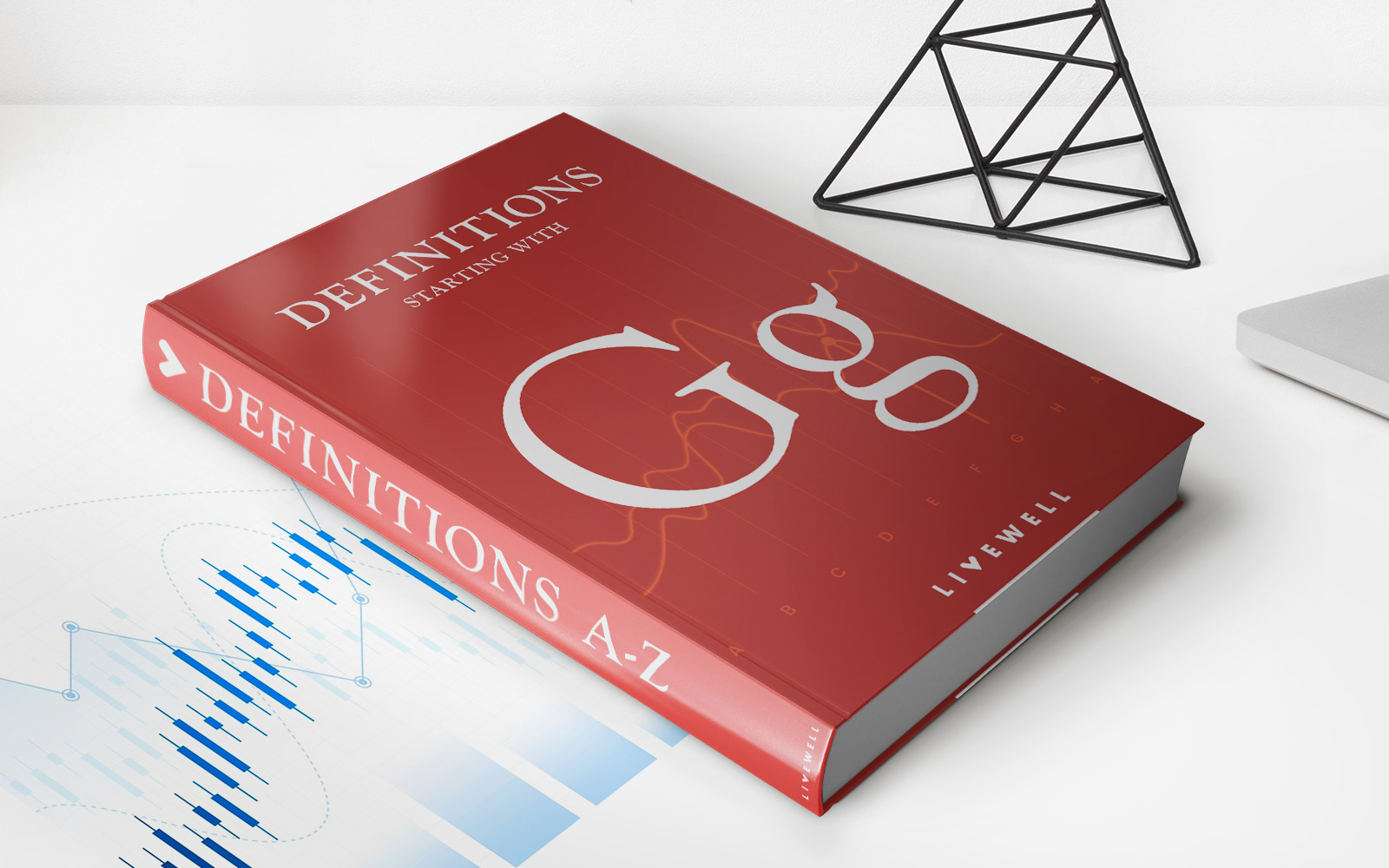Home>Finance>Gordon Growth Model (GGM) Defined: Example And Formula


Finance
Gordon Growth Model (GGM) Defined: Example And Formula
Published: December 1, 2023
Learn about the Gordon Growth Model (GGM) in finance, including an example and formula. Understand how this model can help evaluate stock value.
(Many of the links in this article redirect to a specific reviewed product. Your purchase of these products through affiliate links helps to generate commission for LiveWell, at no extra cost. Learn more)
Understanding the Gordon Growth Model (GGM) in Finance
When it comes to making sound financial decisions, understanding various models and formulas can be incredibly helpful. One such model that holds significant importance in finance is the Gordon Growth Model (GGM). In this article, we will delve into the concept of GGM, provide an example to illustrate its application, and break down the formula behind it.
Key Takeaways:
- The Gordon Growth Model (GGM) is a valuation method used to determine the intrinsic value of a stock.
- GGM relies on dividend growth projections and an expected rate of return to estimate the value of a company’s shares.
What is the Gordon Growth Model (GGM)?
The Gordon Growth Model (GGM), also known as the dividend discount model, is a valuation method that helps investors estimate the intrinsic value of a stock. It assumes that the stock’s value is derived from future dividends and their expected growth rate.
GGM is based on the concept that investors purchase stocks to receive future cash flows in the form of dividends. According to this model, the dividend payments are discounted back to their present value to determine the fair value of the stock.
An Example Illustrating GGM
Let’s consider an example to better understand how GGM works. Imagine you are analyzing Company X, which is known for consistently paying dividends. Currently, the company pays a dividend of $2 per share, and you expect the dividend to grow at a constant rate of 5% per year indefinitely. You also require a rate of return of 10% for this investment.
Now, to calculate the intrinsic value of Company X’s stock using GGM, you can use the following formula:
Intrinsic Value = D1 / (r – g)
where:
- D1 represents the expected dividend next year,
- r represents the required rate of return, and
- g represents the expected constant growth rate of dividends.
Substituting the values into the formula, we get:
Intrinsic Value = $2 / (0.10 – 0.05)
Intrinsic Value = $2 / 0.05
Intrinsic Value = $40
Therefore, according to the Gordon Growth Model, the intrinsic value of Company X’s stock is $40 per share. If the current market price of the stock is lower than $40, it may be considered undervalued, indicating a potential buying opportunity for investors.
Final Thoughts
The Gordon Growth Model (GGM) is a powerful tool in the world of finance, allowing investors to estimate the intrinsic value of a stock based on the expected future dividends and their growth rate. By understanding this model and its formula, investors can make informed decisions about their investments, identifying potential undervalued stocks and opportunities for growth.
Next time you are evaluating a stock, consider incorporating the Gordon Growth Model to gain a deeper understanding of its intrinsic value.














